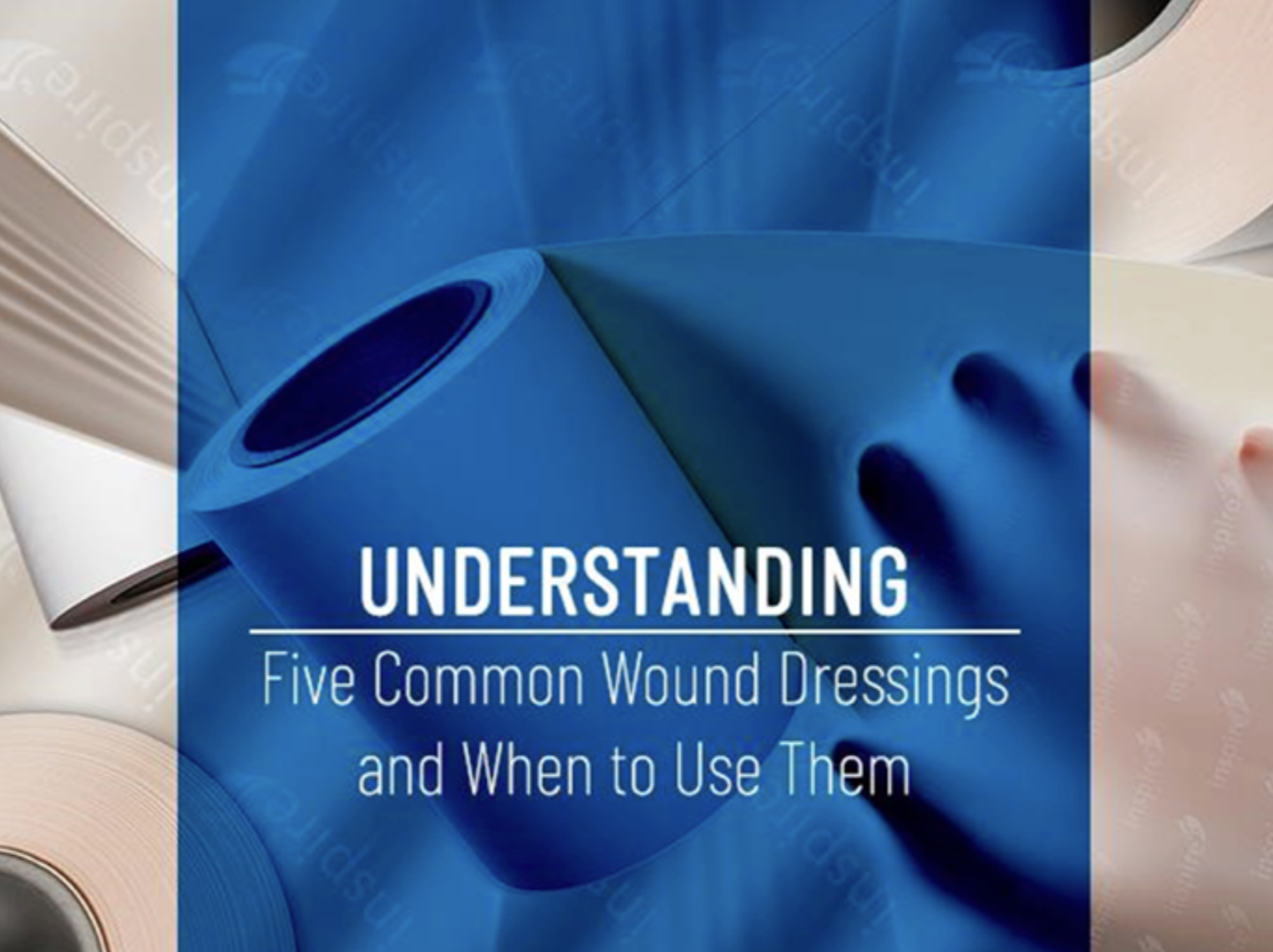
Innovations in medical film coatings have created a diverse range of bandage materials, each with specific wound care uses. Health care professionals should understand how and when to use each of these five types of dressings to aid the healing process.
Hydrocolloid Dressings
Hydrocolloid bandages use gel to create an impermeable protective barrier that keeps bacteria out of wounds while cleansing and protecting the injured area. This material encourages the moist conditions that facilitate the healing of burns, pressure ulcers, necrotic wounds, venous ulcers, and other wounds that emit liquids. These self-adhesive bandages are appropriate for all skin types.
Foam Dressings
This bandage material is made from soft, dense foam that quickly absorbs liquids from wounds to accelerate healing and reduce odors and discomfort. Foam dressings are effective for all types of wounds but are often used during the treatment of pressure injuries and wounds with severe exudation. Their cushioned material protects wounds while retaining moisture and preventing infection.
Polyurethane Films
These dressings provide a breathable barrier that keeps out bacteria and an adhesive coating that creates a relaxed, comfortable fit for the patient. Many polyurethane films are transparent, making it easy to inspect wounds for infections and other complications, and prevents skin breakage while maintaining the necessary balance of moisture. This type of dressing is appropriate for stage 1 pressure ulcers, first-degree burns, catheter fixation, donor-site wounds, surgical wounds, and minor abrasions.
Hydrogel Dressings
These products are often used for dry wounds, including pressure ulcers, graft sites, second-degree burns, and necrotic tissue. Hydrogel dressings provide a cooling gel designed to reduce pain and promote healing, which makes them appropriate for wounds that are painful and infected. These dressings help break down dead tissue and encourage new skin cell growth in the wound bed.
Calcium Alginate Dressings
These bandages are most appropriate for wounds with moderate to severe exudation. Their highly-absorbent material can draw liquid from deeply tunneled wounds to facilitate healing and can hold up to 20 times its weight in fluid. Because of this attribute, calcium alginate dressings are often used for arterial or venous ulcers.
Transcontinental Advanced Coatings is a global leader in medical film coatings, providing quality products to some of the industry’s most well-known brands. Health care providers can explore our line of inspire® Medical Films, which includes polyurethane films and foams for use in wound dressings and other wound care applications. If you’re interested in seeing how your practice or business can partner with us, complete our online form to get in touch with a local representative.